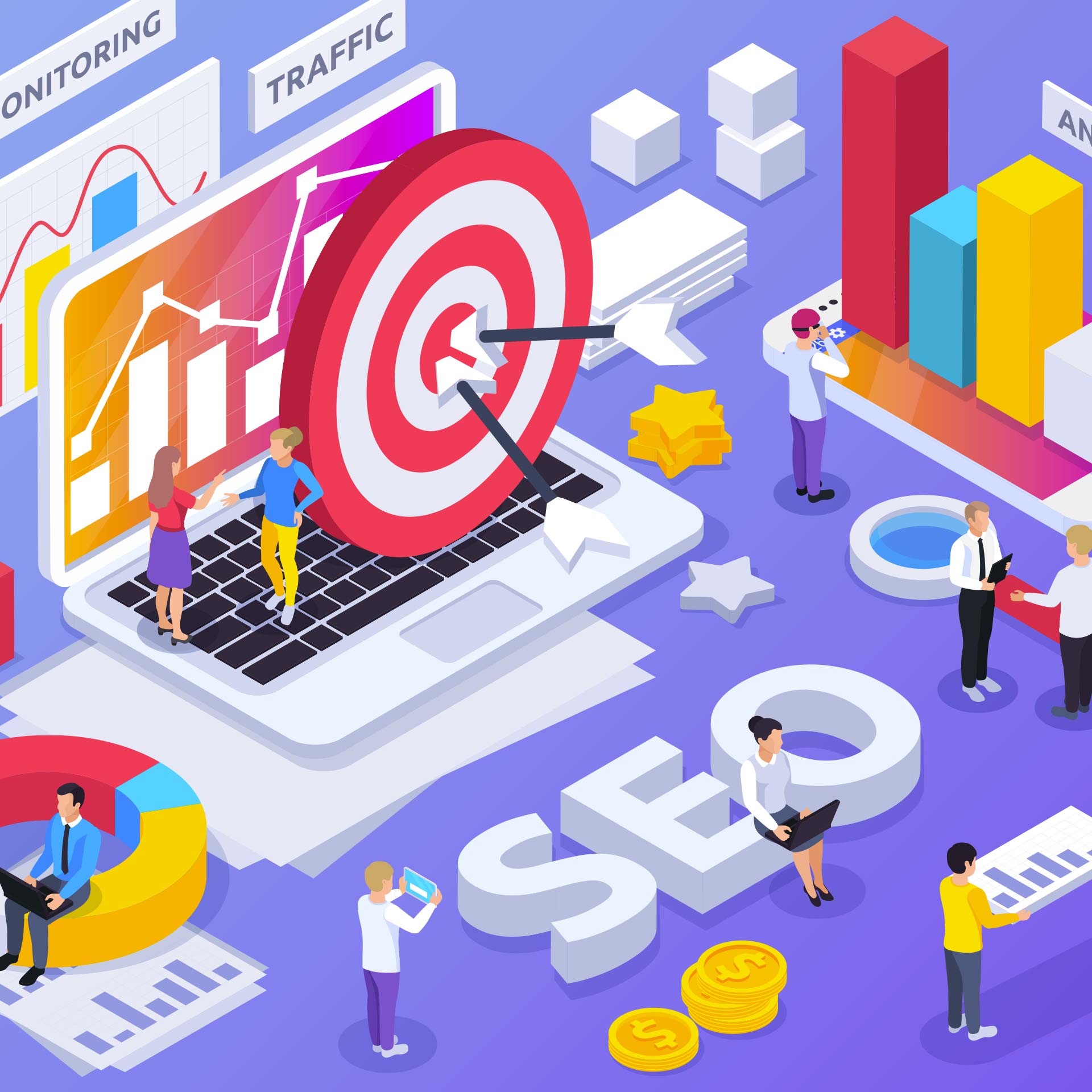For most companies, a website is there to support key objectives.
Your website should:
- Inform customers of product or service offerings and provide information about your company.
- Serve as a source of influence that converts an occasional surfer into a potential customer or interested buyer.
- Act as an extension of your brand, providing an excellent browsing experience and creating a positive impression.
To do it right, you have to update the old methods of web design.
What do we mean?
Instead of treating a website as a static tool that is only tweaked when new products or services are launched, you could take a more agile or fluid approach to your web design. This approach is known as growth-driven design (GDD) and relies on quantitative data to tailor strategies rather than guessing at them.
Let's learn what growth-oriented design is, why it is preferable to other types of web design practices and how to apply it to your website or its redesign.
What is growth-driven design (GDD)?
Growth Driven Design (GDD) is a web design strategy that minimizes the risks of traditional web design by using data and continuous learning to systematically improve the launch and long-term maintenance of your website.
The idea of reimagining Web site development strategies may seem daunting, but the reality is that GDD streamlines the experience and leverages real analytics (quantitative data based on user behavior) to make informed decisions.
In this way, your website is a living project that grows and adapts to meet not only your business objectives, but also the needs of your customers. GDD usually takes place in three stages, which are described below.
This strategy shortens the time between conception and go-live. However, it does mean that you have to be prepared to pivot and be adaptive, as real-time analytics determine whether or not adjustments to the web design are necessary. Let's review the stages of growth-oriented design.
Growth-oriented design vs. traditional design
The traditional approach to web design is the standard approach that business owners think of when considering a website redesign. An internal or external web design team conducts an analysis of your current website, changes are proposed and incorporated into a new web design, and a new website is launched and remains unchanged for a few years until the next redesign.
Unfortunately, according to Hubspot, only 49% of website redesign projects are completed and launched on time, and it is often the traditional web design mindset that is responsible for the delays.
The traditional approach is a high-risk budget drain that requires a significant upfront time commitment. In comparison, growth-oriented design challenges traditional assumptions to help companies minimize risk and upfront website launch expenses, accelerate launch, and stay continually current.


